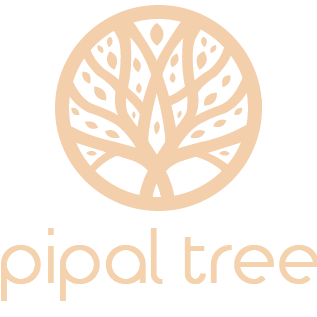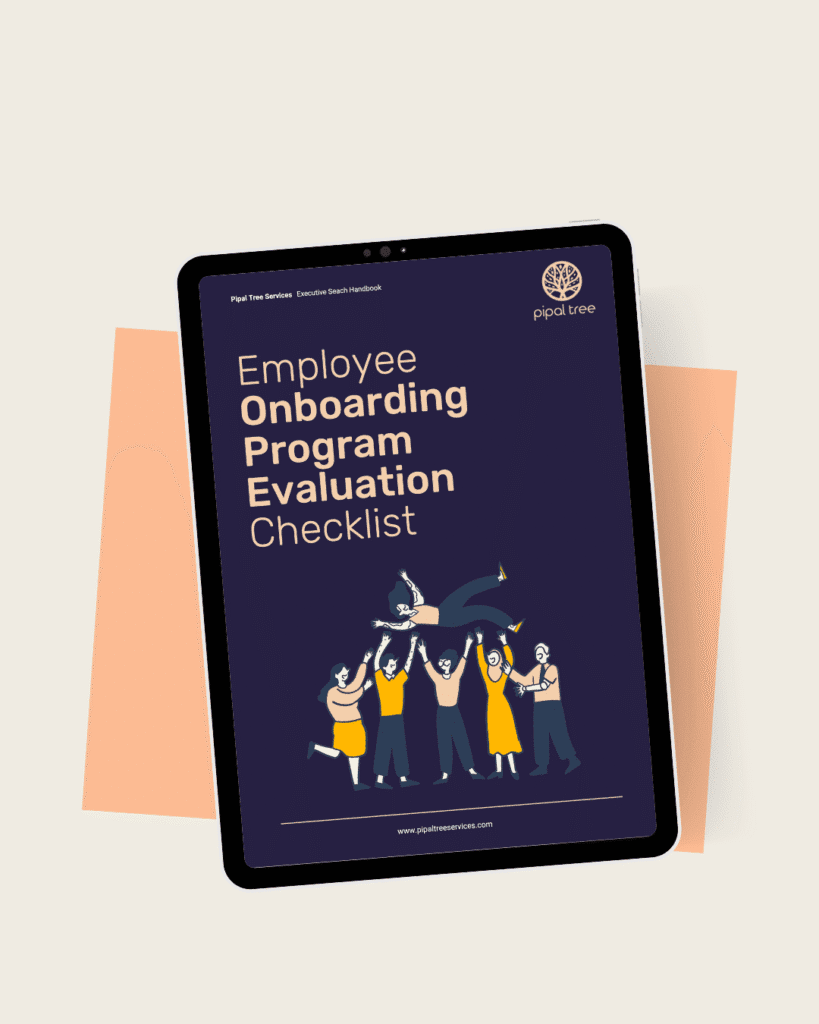Employee onboarding is one of the most critical yet often overlooked parts of the employee lifecycle. Regardless of what we call it—orientation, induction, or assimilation—onboarding is the process through which new hires transition into productive, engaged, and aligned members of your organization.
But here’s the big question: how effective is your current employee onboarding program?
Many companies have some version of an onboarding process in place, but far fewer actually take the time to assess whether it’s delivering results. A poorly designed or inconsistent onboarding program can lead to disengagement, low productivity, and higher turnover—all of which come at a cost. The only way to know how effective your program really is, is to conduct a structured evaluation.
This post is designed to provide you with a guide on how to assess your onboarding program and identify areas for improvement.
Why Employee Onboarding Matters More Than Ever
Research consistently shows that effective onboarding drives performance, retention, and engagement:
- Organizations with a strong onboarding process improve new hire retention by 82% and productivity by over 70% (Brandon Hall Group).
- 69% of employees are more likely to stay with a company for three years if they experienced great onboarding (SHRM).
- Yet, Gallup reports that only 12% of employees strongly agree their organization does a great job of onboarding new employees.
Clearly, the stakes are high. If your onboarding process isn’t setting employees up for success, it could be hurting your organization more than you realize.
Key Questions to Assess Your Onboarding Program
Below is a checklist of questions that will help you evaluate the health of your onboarding program. As you review each one, ask yourself: Do we have this in place? If so, how well is it working? If not, what are we missing?
- Documentation & Clarity
- Is your onboarding process documented in a clear, accessible way
- Does it avoid insider jargon and use language that everyone—managers, HR, IT, and new hires—can understand?
- Ownership & Accountability
- Is task ownership well-defined and clear to all parties involved?
- If someone leaves the company, is it clear which tasks their replacement will take over?
- Structure & Timeline
- Is your onboarding program chronological with tasks mapped to timeframes (Day 1, Week 1, Month 1, etc.)?
- Does it cover the period after an employee accepts the offer but before they officially start?
- Cultural & Social Integration
- Does your plan address cultural onboarding, not just the technical aspects of the role?
- Do you have a buddy or mentor program to help new hires build relationships and understand informal practices?
- Technical & IT Readiness
- Are IT-related tasks (laptops, system access, email setup) addressed as part of onboarding?
- Does your IT team know about and actively participate in the onboarding plan?
- Feedback & Improvement
- Have you sought feedback from recent hires about their onboarding experience?
- Do you have checkpoints and feedback loops built into the process for continuous improvement?
- First Impressions Count
- Does your plan detail an employee’s first day from start to finish—who they meet, what they do, how they feel welcomed?
- Is the onboarding process designed to be simple, consistent, and engaging rather than overwhelming?
Turning Insights Into Action
After walking through these questions, how did your onboarding program measure up?
If you discovered gaps, you’re not alone. Many organizations find that while they have pieces of a good onboarding process, they often lack structure, consistency, or cultural integration. The good news is that onboarding programs can be improved step by step. Start with documentation, build clarity around ownership, and then expand into cultural, feedback, and IT readiness.
Remember: onboarding isn’t just an HR responsibility—it’s a strategic investment in your company’s people and future.
"Onboarding isn’t just the first step—it’s the foundation of long-term success."
Sonia Sharma, CEO Tweet
How Pipal Tree Services Can Help
At Pipal Tree Services, we understand the value of getting onboarding right. We help organizations design onboarding programs that are:
- Structured and documented so they can be repeated and scaled.
- Inclusive of cultural and technical elements, ensuring new hires feel both competent and connected.
- Built with accountability, so ownership of every step is clear across HR, managers, IT, and mentors.
- Feedback-driven, continuously evolving based on employee insights.
A well-structured onboarding program sets the tone for long-term employee engagement and success. Whether you’re designing one from scratch or refining your existing process, we can help you build an onboarding experience that ensures new hires feel welcomed, supported, and aligned with your mission from day one.

Sonia Sharma
"With over 20 years in talent leadership—including 15+ years in executive search—Sonia brings valuable dual perspective as Pipal Tree's founder. Her career spans both consultancy roles at prestigious firms (Korn/Ferry International, Accord India, Stanton Chase) and corporate leadership. Sonia specializes in executing confidential, high-stakes searches for global and Indian multinationals."



